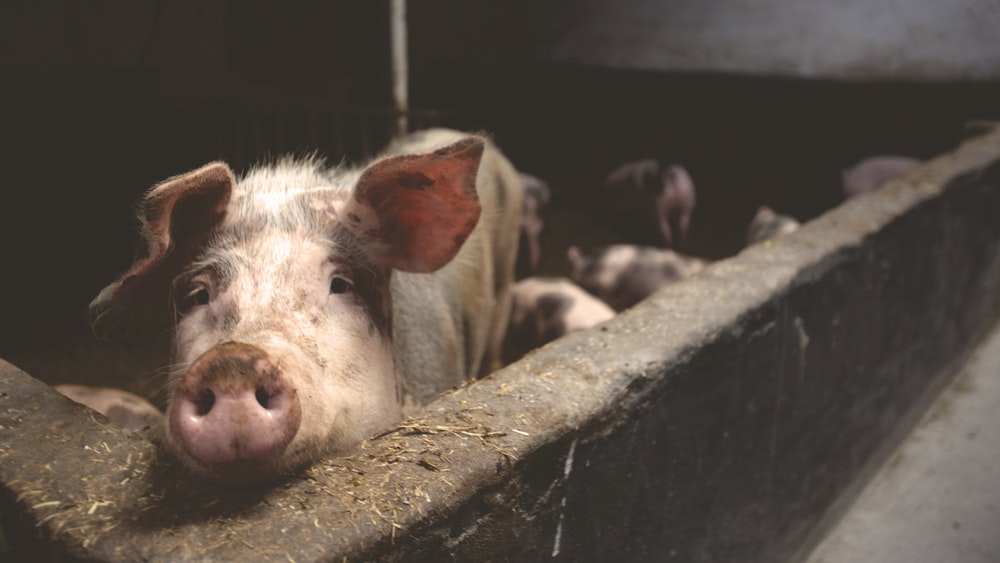What’s the Difference Between Plant-Based, Vegan, and Cruelty-Free?
If you’re keeping up with nutritional and product-purchasing trends, you may have found a lot of people these days who are becoming vegan, and others who consider their diet/lifestyle plant-based. But what’s the difference? And aside from both labels, where does cruelty-free come in? We’ve explored some knowledgeable sites on the subject to find the answers, so come on in and and decide which best describes your diet and lifestyle choices!
First of all, let’s take a look at the true definitions of each from those who most closely align with them.
According to the The Vegan Society, “Veganism is a way of living which seeks to exclude, as far as is possible and practicable, all forms of exploitation of, and cruelty to, animals for food, clothing or any other purpose.” This means avoiding the use of leather for clothing including shoes (here’s a vegan shoe brand called “Mooshoes” for anyone who might be interested), furniture or belts, etc., as well as checking labels and doing other research on products to be sure they are not comprised of animal products in any form. That said, vegans have different reasons for their veganism, but are most would consider themselves “vegan for the animals.” They can eat as much junk food as they like as long as no animal products are involved. Vegans are known to vary in their levels of strictness and devotion to being vegan, with an occasional joking reference being made in social media to the “Level Ten Vegans” made famous by a line in a Simpsons episode about “Level Five Vegans”.
Plant-Based
A plant-based diet is comprised of whole fruits and veggies, whole grains, etc., but shuns the ingesting of animal products (for the most part – some may include a little if wild-caught or pasture-raised) and especially processed foods. They do not bother with restrictions on animal products like leather but they do avoid processed products of any kind, which would very likely include vegan meat products like Quorn meat substitutes or similar foods. Refined white sugar and bleached flour is out, as are sugary canned fruits and corn syrup-laden juices.
Although some interchangeability is possible between the two, they are each typically described as above when standing alone. They are definitely not the same thing, and should not confused as such.
Cruelty-Free
And so that brings us to cruelty-free. According to Tree Hugger, Cruelty-Free “means that the ingredients/components and final product have not been tested on animals. It refers to the testing process, not the ingredients, which means it is possible for a cruelty-free product to contain non-vegan ingredients, such as honey, beeswax, lanolin, collagen, albumen, carmine, cholesterol, or gelatin.”
The problem comes in when people who believe they are contributing to the least amount of suffering with their dollar by buying vegan-labelled products don’t realize that vegan only pertains to the ingredient list — not the testing involved with the products. So, as the vegan makeup blog Logical Harmony explains it best, “Items that are tested on animals can claim to be vegan.”
So, that being said, the most conscious consumer should probably look at products from both the vegan and cruelty-free positions if possible and seek out labeling for both on packaging. If labeling is demanded by consumers to show all of this information, we can make more informed choices on how much suffering we contribute to in the world with our dollars.
Tree Hugger advises, due to the trickiness and lack of product labeling laws across states and countries, that the following be considered:
If you know an organization well and trust them, look for their endorsement or accreditation on products instead of the “vegan” or “cruelty-free” label. For example, PETA, The Vegan Society, or other prominent names can be quickly found on products they endorse.
Making your own products at home is the best way to ensure you know what’s in it. Aside from that, product ingredient lists do not include the ingredients used in packaging, or other chemicals not required to be disclosed (i.e. known hazardous “fragrance” chemicals used in many products, as revealed by the documentary STINK)
Consider the impact of child labor and unfair labor practices worldwide when you purchase products as well. Suffering is suffering, both with animals and with other humans. Let’s make sure we look for fair-trade seals on labels as well as cruelty-free, etc. We can make a better world one purchase at a time.
- As with all my articles, consult your physician before attempting or using anything mentioned in my work to be sure it’s right for your body.

